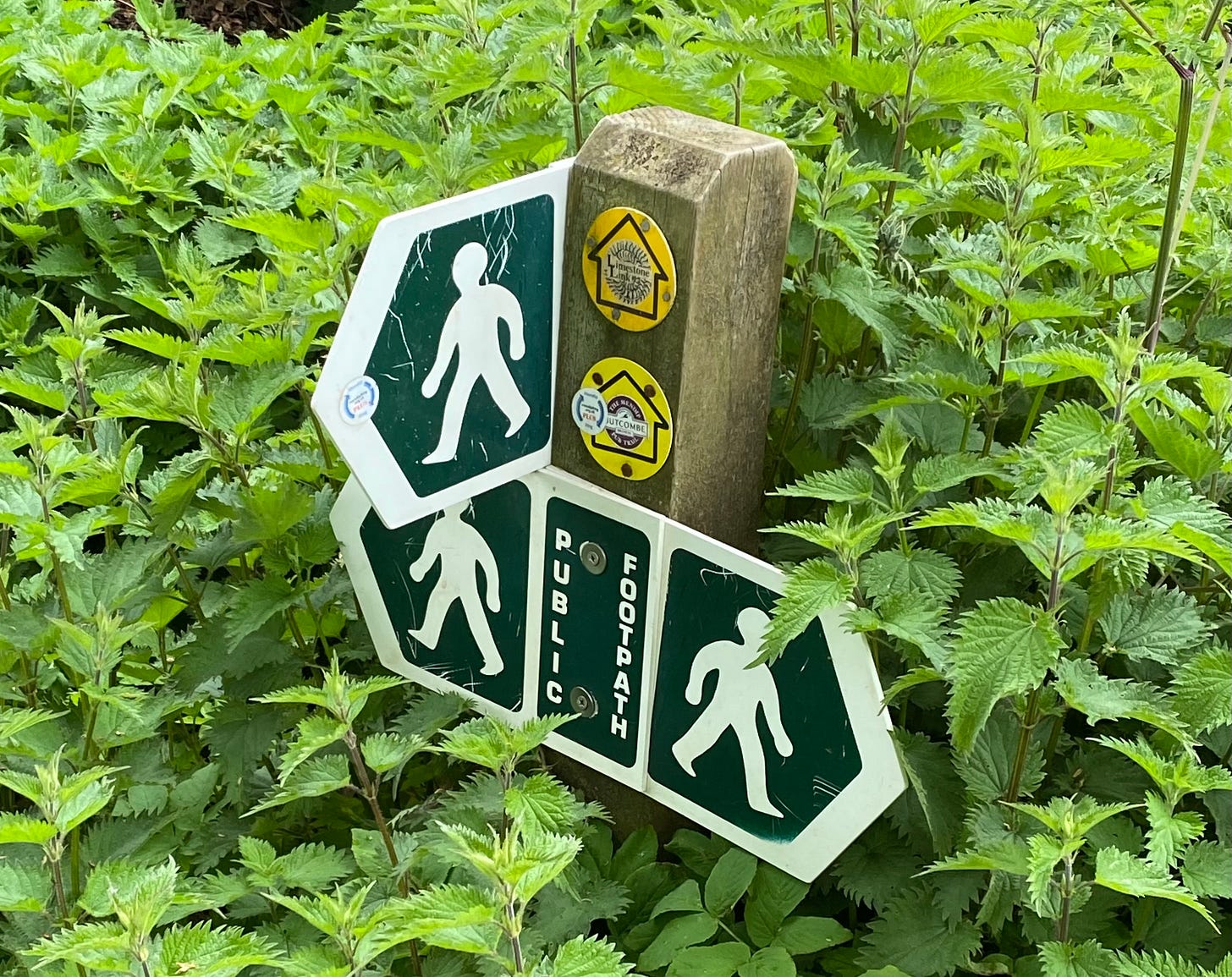With butterflies in my stomach, I set out in my Ford Capri to make the 300 mile journey North to start my career. A friend half convinced me that I was heading to a place where they wore flat caps, raced whippets and did not take kindly to those with soft southern accents. I was reflecting on whether I’d made the correct decision to accept this job.
Decision making process
We make thousands of relatively unimportant decisions each day, e.g. which socks to wear, that require limited thought. Some decisions, however, are far more significant, e.g. where to live and work, and justify a considered approach. For such decisions, I use a 6 step decision making process:
Identify possible decisions (our options).
Identify possible outcomes for each decision option (in step 1).
For each outcome (in step 2), assess the net value in terms of what is important to us, e.g. money, time and happiness.
Estimate the probability of each outcome happening (in step 2). Summing the probabilities across the outcomes for a decision equals 100%.
Calculate the expected value of each decision option. The expected value equals the sum of each outcome’s net value times its probability.
Choose the decision with the greatest expected value.
Decision making example
Let’s assume you are offered a job in a new location and are deciding whether to accept it or not. The decision making steps follow.
Step 1: You identify your decision options as:
Accept the job.
Study for an MBA.
Look for another job nearer home.
Step 2: You identify the possible outcomes for each of the three decision options. The outcomes you list for Accept the job (option 1) are:
You love the job and the location.
You dislike the location, quit and look for a new job elsewhere.
You love the location, but not the job. You look for a new job in the location.
You dislike both the job and location. You quit and look for a new job elsewhere.
Step 3: You use money as your value metric. You estimate your net income after living expenses over 12 months for the outcomes detailed in step 2 as: 1. £15k, 2. £5k, 3. £10k, 4. £5k
Step 4: You estimate the probabilities of the outcomes (detailed in step 2) to be: 1. 50%, 2. 20%, 3. 20% and 4. 10%.
Step 5: You calculate the expected values for each decision option. For the Accept the job decision option the expected value = (£15k * 50%) + (£5k * 20%) + (£10k * 20%) + (£5k * 10%) = £7.5k + £1.0k + £2.0k + £0.5k = £11k
Step 6: You choose the decision option with the highest expected value. You choose to accept the job as the expected values (from step 5) are:
Accept the job => £11k
Study for an MBA => -£22k
Look for another job nearer home => £0k
Addressing challenges
Suggestions for overcoming potential challenges include:
Limiting decision options considered
Once we’ve found a few decision options to consider, we often stop looking for more. We should avoid this temptation and potentially seek input from others.
Identifying what we value
Money is easy to measure and so is often the obvious choice. Other metrics may be of greater importance, such as time, happiness, status and maintaining flexibility.
Estimating outcome probabilities
Probability calculations can be difficult. We tend to use terms like probably and unlikely. A willingness to guess, in percentages, is essential to good decision-making.
Analysis paralysis
Considering many value metrics or attempting to be precise in our calculations can lead to indecision. We need to take a pragmatic approach.
No clear choice
It could be that the expected value of two or more possible decisions is very close. In this case, we should make the choice on gut instinct. No choice (or sticking with the status quo) is still a choice.
Other resources
How to Make Decisions talk by Annie Duke
Decisive book summary by Chip and Dan Heath
Rules to Make Better Decisions interview with Naval Ravikant
Our Decisions, Practice and their Outcomes post by Phil Martin
Now, nearly 40 years later, I know that my first job, in Teesside, taught me a great deal and helped shape who I am today. Next time you face a significant decision, try the 6 step framework and let me know how it goes.
Have fun.
Phil…





Lovely article Phil 👍